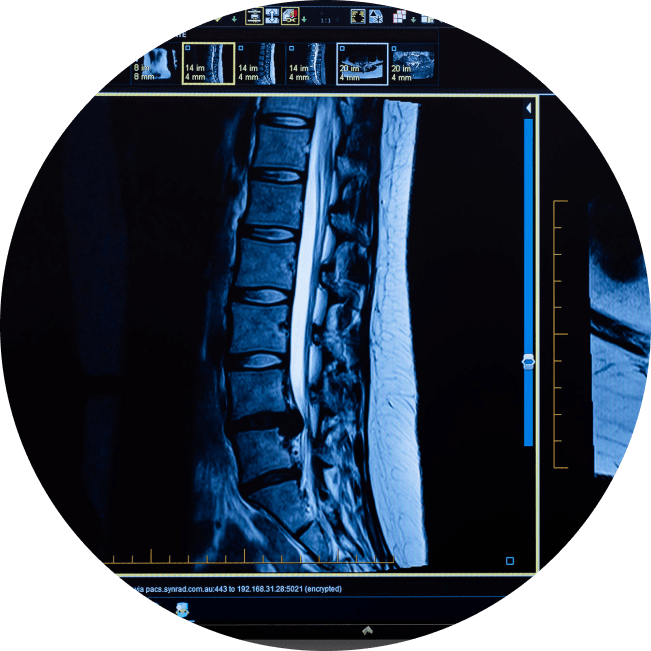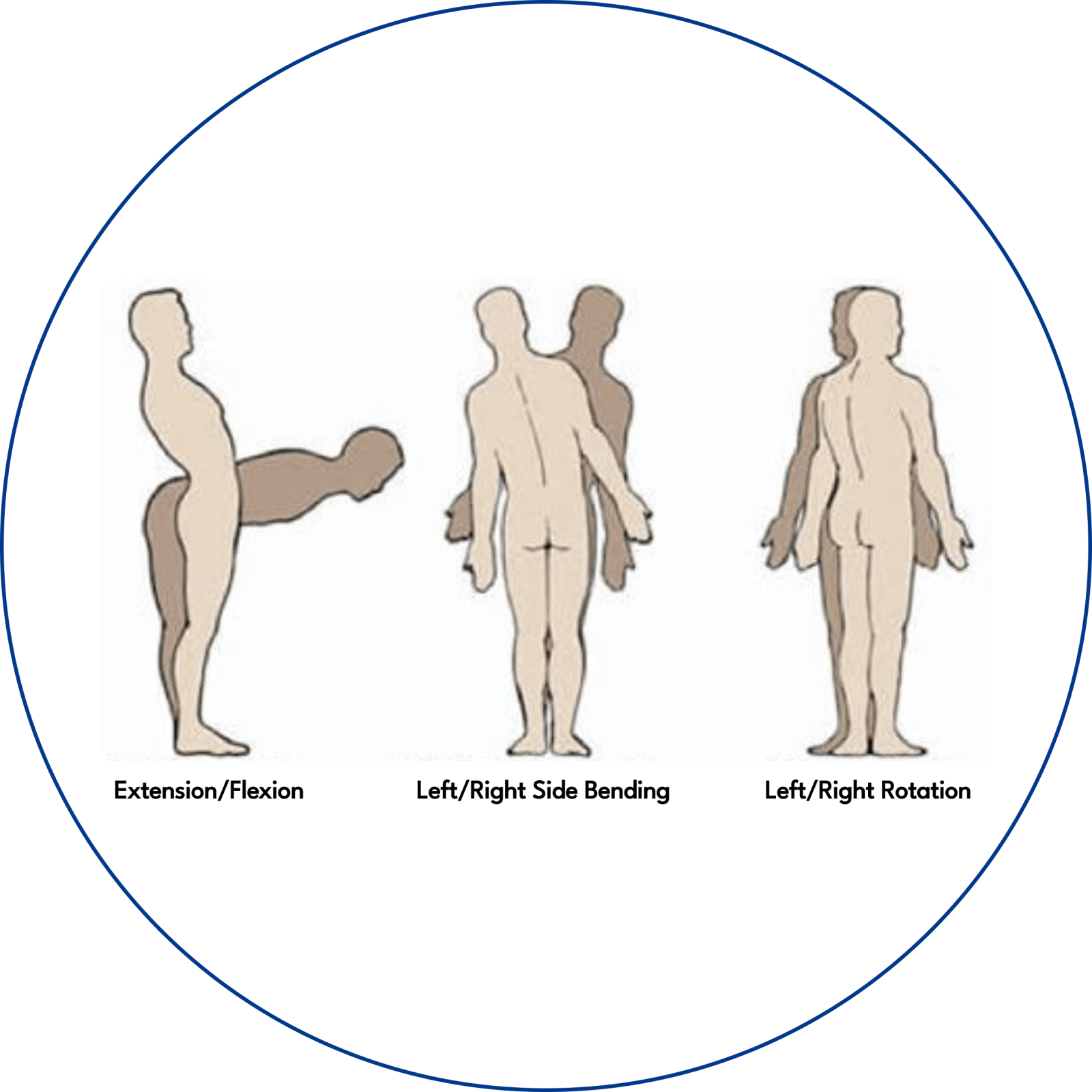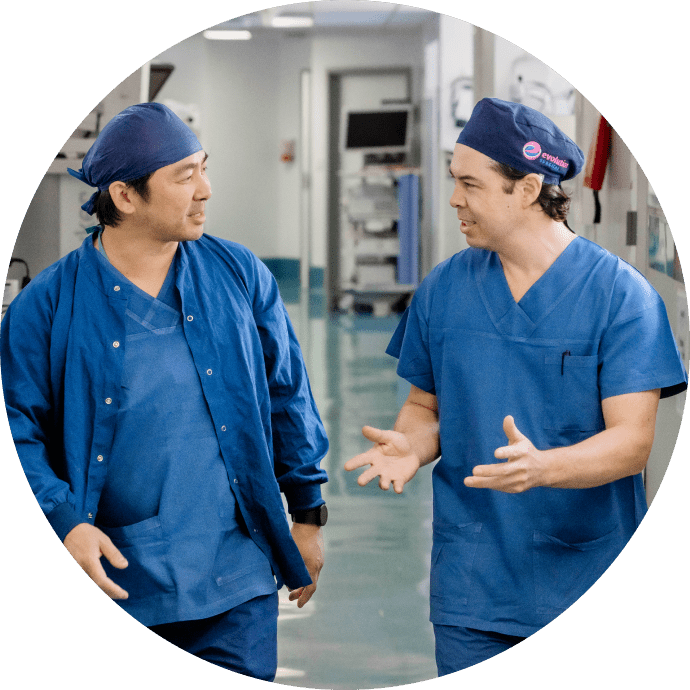The lumbar spine, or lower back, plays a vital role in the structure, support, flexibility, and movement of your mid-body. It is also the most common area for spinal pain and injuries due to its high mobility and the amount of weight it bears.
It consists of five vertebrae (L1 to L52). The size and shape of each lumbar vertebra is designed to carry most of the body’s weight. Each structural element of a lumbar vertebra is bigger, wider and broader than similar components in the cervical and thoracic regions.
Our clinic specialises in diagnosing, treating, and managing various lumbar spine conditions with an approach tailored to each patient’s needs, utilising the latest in medical advancements and surgical techniques, to provide you with the best possible outcomes.
The lumbar spine, or lower back, plays a vital role in the structure, support, flexibility, and movement of your mid-body. It is also the most common area for spinal pain and injuries due to its high mobility and the amount of weight it bears.
It consists of five vertebrae (L1 to L52). The size and shape of each lumbar vertebra is designed to carry most of the body’s weight. Each structural element of a lumbar vertebra is bigger, wider and broader than similar components in the cervical and thoracic regions.
Our clinic specialises in diagnosing, treating, and managing various lumbar spine conditions with an approach tailored to each patient’s needs, utilising the latest in medical advancements and surgical techniques, to provide you with the best possible outcomes.


Common Lumbar Spine Conditions
We understand that dealing with lumbar spine issues can be daunting.
We are dedicated to quality patient care and optimising health outcomes, rooted in the latest advanced, non-invasive and surgical treatment options.
To achieve this, we employ a best-practice, patient-centric, multidisciplinary model of care, incorporating a wide range of allied health professionals and specialist physicians in your care where necessary, coordinated by your lead neurosurgeon, Dr Raoul Pope.
We offer a compassionate environment where you are listened to and respected, where a comprehensive diagnosis of your underlying condition is conducted, and a tailored treatment plan is developed in order to reduce or eliminate your pain and dysfunction, and improve your quality of life.

If you are experiencing symptoms or concerns related to a lumbar spine condition, please don’t hesitate to contact us. Early diagnosis and treatment are crucial in preventing further complications and enhancing recovery.

Dr Raoul Pope is a highly experienced Neurosurgeon and sub-specialised Spine Surgeon with 20+ years of experience. He consults and operates across Sydney.
Dr Pope completed a sub-specialised, dedicated, international training fellowship in complex neurosurgical and orthopaedic spine surgery at a recognised, high-volume Centre of Excellence in spine surgery, in Canada.
He offers telehealth consultations and welcomes both private and public patients.